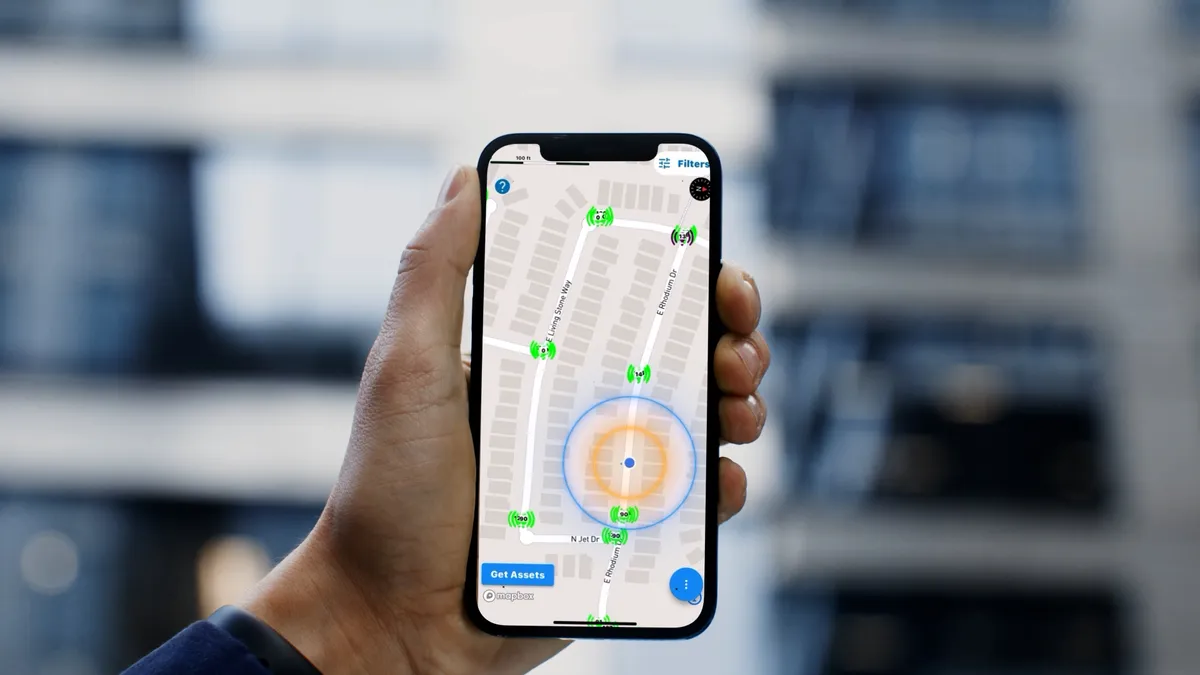In the face of global water scarcity, aging infrastructure and the associated breakdown and leakage from old drinking water distribution systems combine to create a ticking time bomb. About four billion people, representing nearly two-thirds of the global population, experience severe water scarcity during at least one month of the year.
In the U.S. alone, about 30 percent of treated drinking water — roughly two trillion gallons — leaks out of aging distribution pipes before it reaches our faucets.
The ripple effect of this water crisis is seen across the country.
Examples include large parts of the western United States coping daily with water scarcity issues caused by a significant decrease in water availability from the Colorado River. Of particular interest are water management issues happening in Maricopa County, Arizona, which includes Phoenix and its suburbs, one of the fastest-growing regions of the country. Water scarcity due to growth and climate factors threatens the explosive development in the area. A 2023 report by the Arizona Department of Water Resources indicates approvals for new development in the Phoenix metropolitan area may be curtailed unless water availability improves.
And, Atlanta’s mayor recently declared a state of emergency after two water main breaks caused significant service disruptions, leaving thousands of residents without access to water and spurring the evaluation of patients from area hospitals.
Cities aren’t just losing water, they’re also losing money. In addition to capacity and availability strain, the operational costs incurred by water loss pose a significant financial strain on communities. An American Society of Civil Engineers (ASCE) report estimates that these losses cost U.S. municipalities and local water utilities $7.6 billion each year, putting tremendous pressure on water utilities and local communities to cover expenses. Such high operational costs may hinder investments in infrastructure upgrades and lead to increased water bills for consumers, perpetuating a cycle of financial strain.
These are difficult problems to solve, and the water industry faces numerous challenges in the quest to eliminate water scarcity, a global existential threat.
Finding leaks is often like finding a needle in a haystack, and traditional leak detection methods are often inaccurate, costly and labor-intensive. Trained field staff can inspect ground conditions near a suspected leak site, but the leak is usually too far underground to show visible evidence on the surface. Listening sticks occasionally enable searchers to "hear" the leak, but that, too, is a hit-or-miss tool with far too many false positives. Dogs trained to sense chemicals in treated water, especially chlorine, can be helpful, but like other traditional methods, they are seldom a sure thing.
Solutions to addressing water shortages include tried-and-true measures such as capturing rainwater, desalination, water reuse and water conservation. Yet those solutions have not been enough to keep the water scarcity crisis at bay. Effective management of water loss, especially through leakage detection and repair, is critical to combating water scarcity. Finding leaks reliably and accurately will require innovative solutions powered by technology.
Transitioning to continuous monitoring and proactive maintenance is crucial for optimizing impact and minimizing water loss, costs and disruptions to water supply, public safety and budgets. Actionable data can pinpoint at-risk areas, providing valuable insights into asset conditions, budget planning, pipe deterioration, consumption patterns, carbon offsetting, theft prevention and repair validation.
Today’s water scarcity crisis requires the water industry to seek innovative solutions, such as Oldcastle Infrastructure’s Hydro-LogicⓇ CivilSenseTM. It provides a comprehensive turn-key program for water loss management that merges expertly trained field teams and actionable artificial intelligence (AI) technology powered by FIDO Tech. Leaks are detected with a 93% accuracy rate and locations are pinpointed precisely.
Prioritization is critical in our world of aging infrastructure. With the possibility of leaks nearly everywhere, ranking leaks by size across a water network will enable repairs, thereby minimizing non-revenue water loss and operational costs. It gives customers the ability to prioritize leaks by size — a game-changing solution for budget-stretched municipalities.










